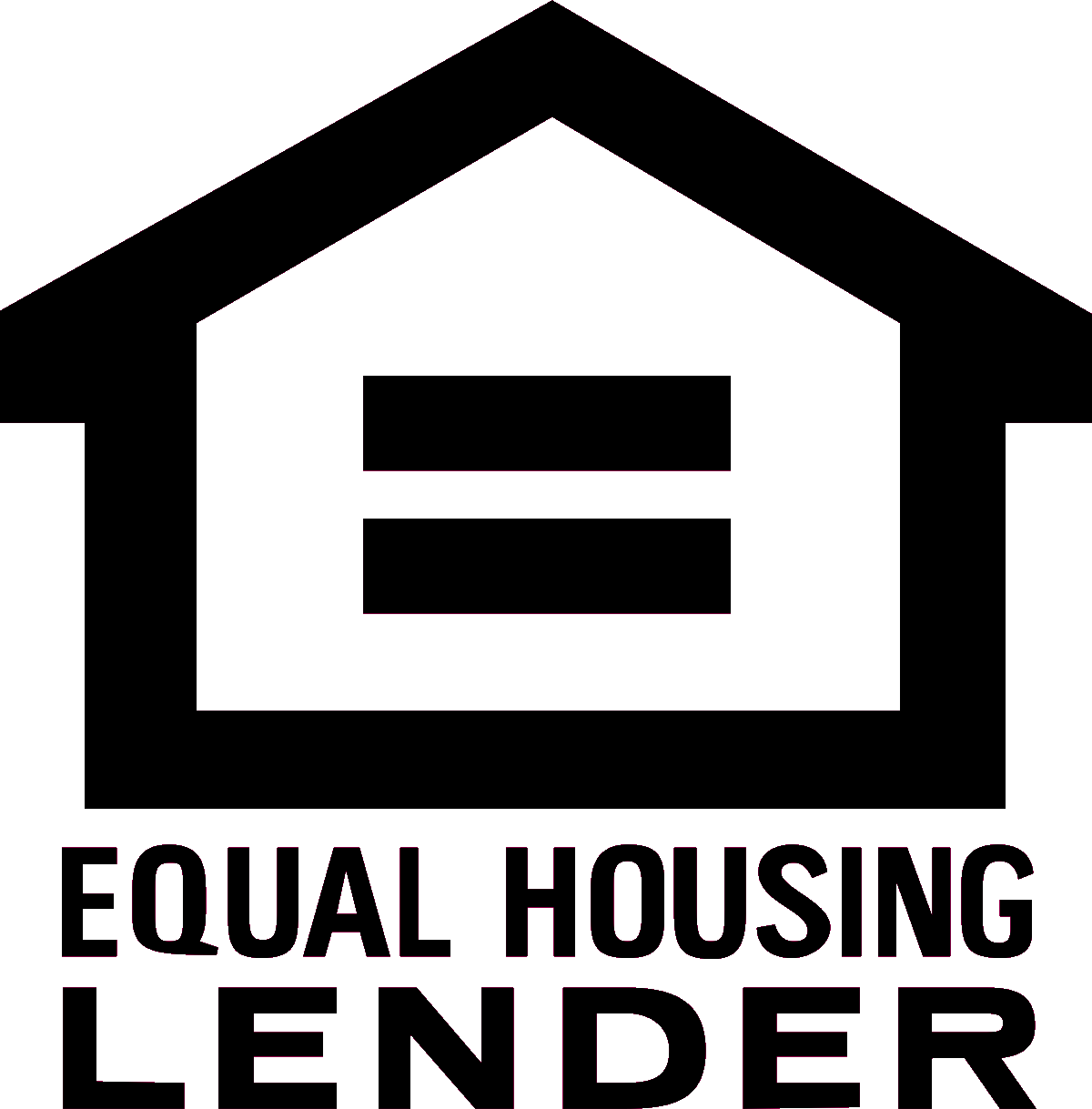- Payment
- Affordability
- Refinance
- Rent vs. Buy
- Extra Payment
- Home Equity
- Consolidate Debt
Results

| Loan amount | |
| Monthly payment | |
| APR (est.) | |
Note: The boxes above show your mortgage amount and payment based on the information you provided.
Please note that because the ratio of your loan amount to the value of your home is greater than 80% you may be required to pay mortgage insurance as part of your loan payment.
| Max home price | |
| Max loan amount | |
| Mortgage payment | |
| Total payment | |
| APR (est.) |
Note: The boxes above estimate the maximum home price you can afford based on the information you provided. The maximum loan amount is calculated based on your proposed down payment. The mortgage payment does not include property taxes, insurance, or mortgage insurance (if required), but the calculator did account for these when determining the maximum home price. The total payment includes taxes, insurance, and mortgage insurance, if applicable.
Please note that many factors affect the amount of home you can afford, including your credit history and financial situation. Please give us a call if you would like us to perform a more detailed analysis for you.
Please note that because the ratio of your loan amount to the value of your home is greater than 80% you may be required to pay mortgage insurance as part of your loan payment.
| New payment | |
| Monthly savings | |
| Breakeven | |
| APR (est.) |
Your new payment is higher than your existing payment. This may be due to several factors, such as the term of the existing mortgage. Please give us a call if you would like us to perform a more detailed analysis for you.
Please note that because the ratio of your loan amount to the value of your home is greater than 80% you may be required to pay mortgage insurance as part of your loan payment.
Based on the information you provided, refinancing will save you money. The Breakeven analysis shows the number of months of lower payments it will take to pay for the estimated closing costs associated with the new mortgage.
The calculator assumes you will absorb the closing costs into the new mortgage, so your savings will start immediately. However, you're still paying the closing costs, even if through the mortgage. The lower the Breakeven months, the greater your advantage to refinance.
If you did not absorb the closing costs into the new mortgage, your new payment would be $.
Please note that because the ratio of your loan amount to the value of your home is greater than 80% you may be required to pay mortgage insurance as part of your loan payment.
| Mortgage payment | |
| Breakeven | |
| APR (est.) |
Based on the information you provided, it is better for you to rent than buy. Despite the many benefits of buying, including income tax deductions and equity building, you may not be able to recoup the housing and mortgage costs. You may want to try different values for the parameters above, such as a lower purchase price or a higher down payment. Please give us a call if you would like us to perform a more detailed analysis for you.
You will save an estimated $ by renting instead of buying during the years you plan to rent.
Please note that because the ratio of your loan amount to the value of your home is greater than 80% you may be required to pay mortgage insurance as part of your loan payment.
Based on the information you provided, it makes sense for you to consider buying over renting. The "Breakeven" analysis shows the number of months after which buying will save you money.
You will save an estimated $ by buying instead of renting during the years you plan to live in your home.
This calculator makes assumptions about your upfront and selling costs and about how some calculations are performed. Please give us a call if you would like us to perform a more detailed analysis for you.
Please note that because the ratio of your loan amount to the value of your home is greater than 80% you may be required to pay mortgage insurance as part of your loan payment.
| Monthly payment | |
| Payoff date | |
| Payments saved | |
| Interest saved |
The Payments saved shows the number of fewer payments it will take to pay off your mortgage if you pay the extra amounts above. The Interest saved is the amount you will save over the life of the loan by making the extra payments.
Consider This
| Savings amount | |
| Extra income tax |
If you placed the same extra payments in an investment account earning the Savings rate, you would have accumulated Savings amount at the Payoff date. Compare this to the Interest saved.
If you qualify for the mortgage interest tax deduction, you may pay Extra income tax if you make the extra mortgage payments because you're paying less interest.
Click here for a more detailed discussion of extra mortgage payments.
At the end of years
| New 1st Mortgage | |
| Monthly payment | |
| Balance remaining | |
| Finance charges paid | |
| APR (est.) | |
| 2nd Mortgage | |
| combined with Current Mortgage | |
| Combined payment | |
| increasing to | |
| Balance remaining | |
| Finance charges paid | |
| APR (2nd mortgage est.) | |
Total Finance Charges
Click to enlarge
Total Remaining Balance
Click to enlarge
The Balance remaining and Finance charges paid correspond to your Time horizon. The amounts for the 2nd Mortgage option include the balance and finance charges associated with the Current mortgage as it will remain in place. The Finance charges paid include the estimated closing costs.
Please note that if you currently are paying mortgage insurance, refinancing your current mortgage almost always is the better option. Call us so we can prepare a detailed analysis.
The graphs compare the options for the entire loan term, not just at your Time horizon.
If you want to keep the new payment the same as your current payment, you would not be able to take any cash out using a new -year 1st mortgage.
You can take the max cash out, and your payment for a new -year 1st mortgage will be less than your current payment.
If you want to keep the new payment the same as your current payment, you can take $ using a new -year 1st mortgage.
We're sorry the calculator is unable to compare adjustable rate mortgages. For a home equity line of credit (second mortgage), it assumes you draw all of the funds at closing.
| Before Consolidation | |
| Current payments | |
| After Consolidation | |
| New mortgage | |
| New payment | |
| Monthly savings | |
| APR (est.) | |
The Current payments is the sum of your existing mortgage payment and the payments for the debts you want to pay off. The Monthly savings is the difference between what you're paying now (Current payment) and the new mortgage payment (New payment).
The New mortgage includes your existing mortgage balance and the sum of the debts you want to pay off. It does not include the closing costs associated with the new mortgage, which we estimate to be $. It may be possible to include the closing costs in the new mortgage.
In addition to the monthly savings, we estimate you'll save $ in interest payments by consolidating this debt.
We estimate you'll pay $ in additional interest by consolidating this debt because you're amortizing the debt payments over a longer loan term.
The APR, or Annual Percentage Rate, is the interest rate that reflects the total cost of a loan. It is higher than the note rate because it accounts for the loan's closing costs and may be helpful when comparing different loan options.
This information is not intended nor should it be construed as an advertisement to promote consumer credit as defined by Title 12, Code of Federal Regulations Section 226.2. All applicants must qualify under loan program guidelines. Interest rates provided in this calculator are intended only for performing the calculations on this site and are not a guarantee that you will qualify for these rates. The rates for which you qualify are determined by various factors, including credit score, down payment, and loan amount.








